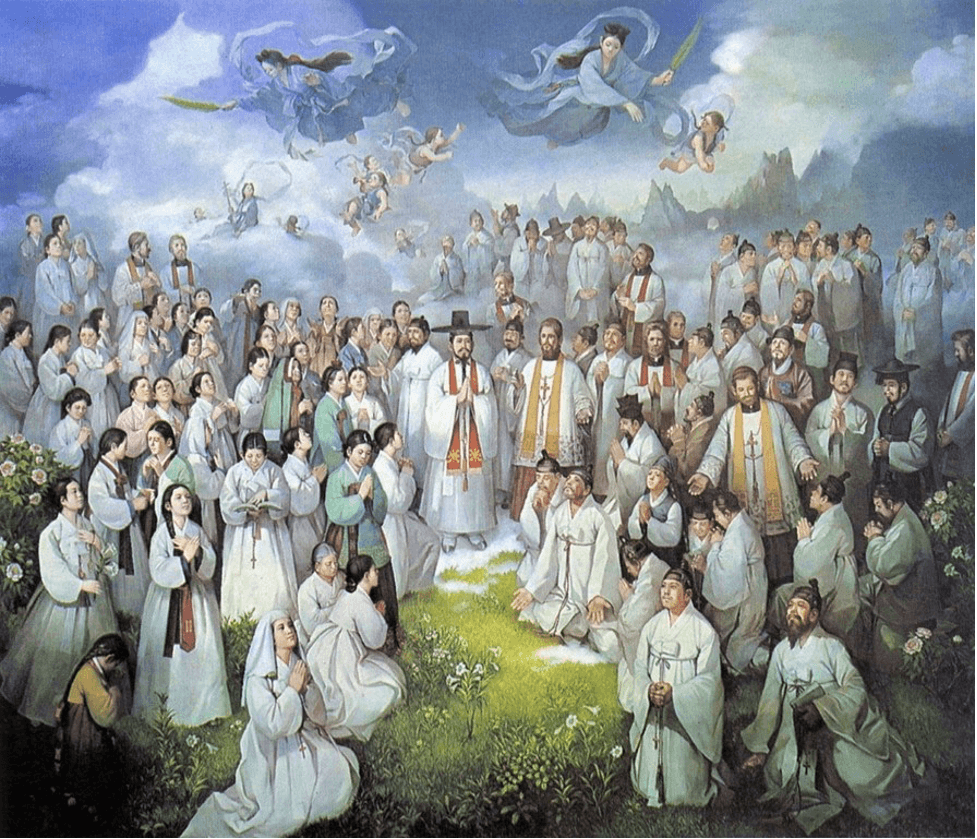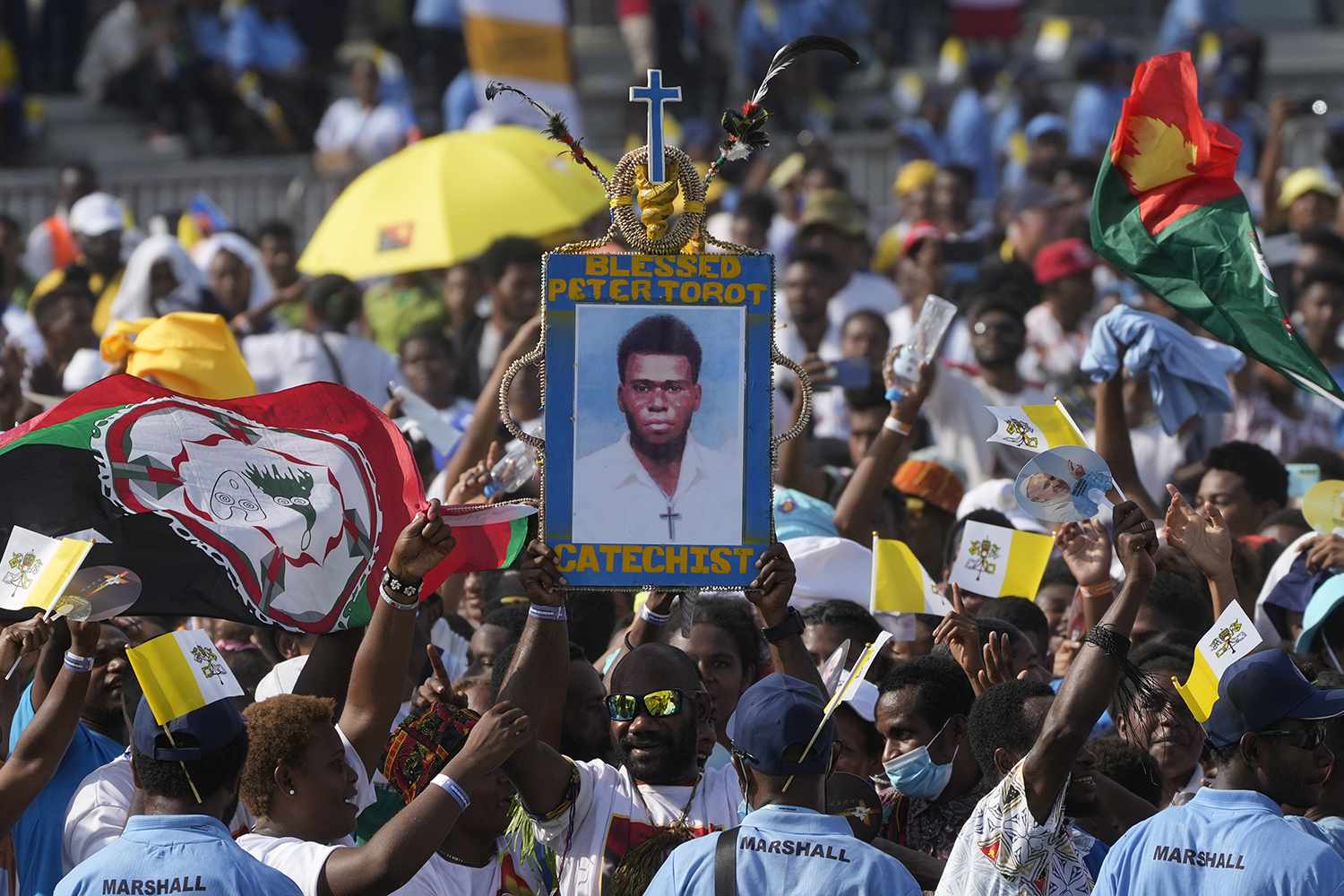(Main image) The astronomical observatory “Specola Vaticana” located in the papal residence of Castel Gandolfo.
José Maria C.S. André
The scientific community received great news this week that Vatican astronomers (Jesuits Paul Gabor, David Brown and Chris Corbally, along with engineer Michael Franz) have discovered some exoplanets and Father Richard A. D’Souza, also a Jesuit, announced the launch of a Vatican spacecraft.
These activities may be of limited scientific value but the Vatican sponsorship of astronomical observatories is worthwhile noting.
Since when did the Church engage in astronomy?
Astronomy has been taught and researched since the beginning of Catholic universities, and great discoveries have been made by Vatican staff – some of them priests and bishops. However, the Vatican’s specific interest in astronomy originated during the mid-17th century, following a fatal error.
Until then, the most important contributions to astronomy were made by Catholic churchmen such as Nicolaus Copernicus, Jean Buridan or Nicole d’Oresme. Works by Copernicus are regarded as among the greatest scientific achievements.
Galileo is part of this famous list. He was considered so exceptional that the Holy See paid him a double “benefit” (two research grants), when the regulations prohibited anyone from receiving more than one. Galileo’s problem arose when persistent accusations, over decades, led to his conviction in 1633 – to a term of house arrest. The sentence was totally unfair, had no religious foundation, and is a disgrace in the history of the Church. Unfortunately, attempts to hide the error only made things worse.
Many people were persecuted in the attempt to cover up the staggering error. One among them was St. Joseph of Calasanz, founder of a religious order, which was almost suppressed in the wake of Galileo’s trial. To mitigate the dishonour of the Church, an official of the Vatican Archives published the records of the trial, but it was soon disclosed that he had published only the irrelevant parts and the outcry against the Church only increased.
In the days of the French Revolution, the documentation was stolen and taken to Paris to expose the infamy to the world but upon reading the proceedings, the revolutionaries discovered that they were a banal stupidity and withdrew from publishing them. Meanwhile, the Holy See continued to entangle itself in gimmicks to justify the unjustifiable. It gradually removed Galileo’s works from the list of forbidden books, with absurd arguments, to make it appear that there had never been any error made on its part.
Attempts to disguise the situation continued. The concern appears in discussions at Vatican Council I and again at Vatican Council II. In 1944, Msgr. Pio Paschini, head of the Vatican Library, completed a two-volume biography of Galileo which was rejected at the time for portraying him in a positive light. It was published in 1964 when the Second Vatican Council was about to commence. The Council used it to respond to criticism without drawing too much attention to the central issue. In the Constitution Gaudium et spes, it expresses appreciation for science, regrets some misunderstandings and refers to this biography of Galileo in a footnote without further explanation.
Shortly afterward, it became known that the editor had altered the book in hundreds of important sentences, without informing the reader. As expected, harsh criticisms followed.
From the 17th century onward, to avoid openly acknowledging that Galileo’s condemnation was unfair, the Church built astronomical observatories in the Vatican, at Castel Gandolfo and other locations. Despite the investment, there were no important astronomical discoveries like the ones up to the 17th century. However, the Holy See didn’t give up on this attempt to convince the world that the Church favors science. Even today, some priests, especially Jesuits, continue to make astronomical observations.
Since traditional astronomical observatories are becoming less relevant, the Specola Vaticana collaborates with observatories in other countries and subsidizes space research. For example, the Vatican has offered some money to the US space program. Do these liberalities improve the image of the Church?
Fortunately, in a famous speech addressed to the Pontifical Academy of Sciences in 1992, Pope John Paul II bluntly stated that the righteous path was to recognize the truth. In my opinion, this put an end to centuries of shame.
The error about Galileo’s condemnation reminds us about the more serious crime of child abuse. Fortunately, the bishops are determined to completely root out the culprits and to see to it that no one ever dares to touch boys in seminaries or other environments.
At the same time, it hurts to see anonymous accusations against innocent priests. To condemn a priest without knowing the victim, the possible crime, or even the accuser, is a scandal. Because that is not recognizing an evil, it is an injustice.

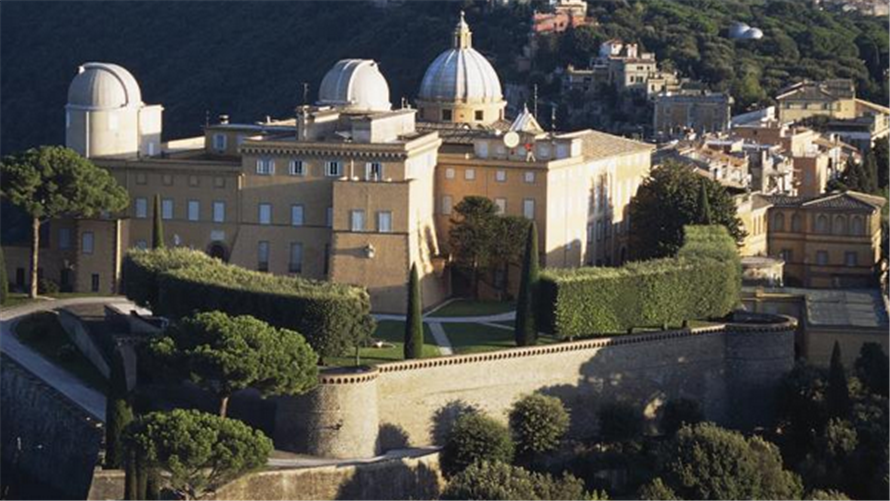
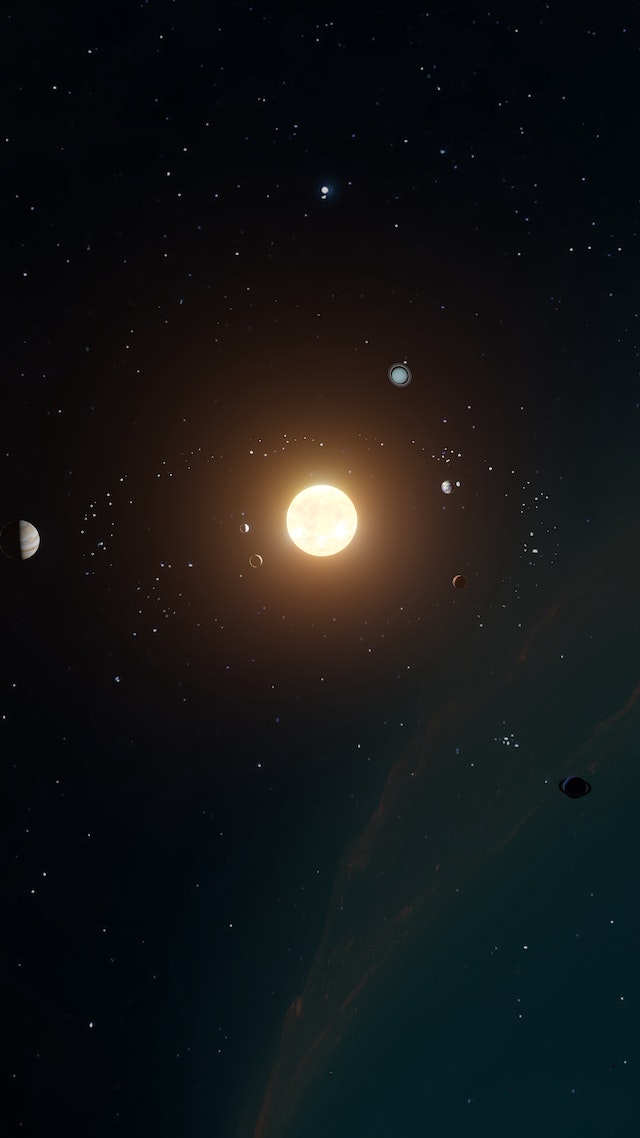
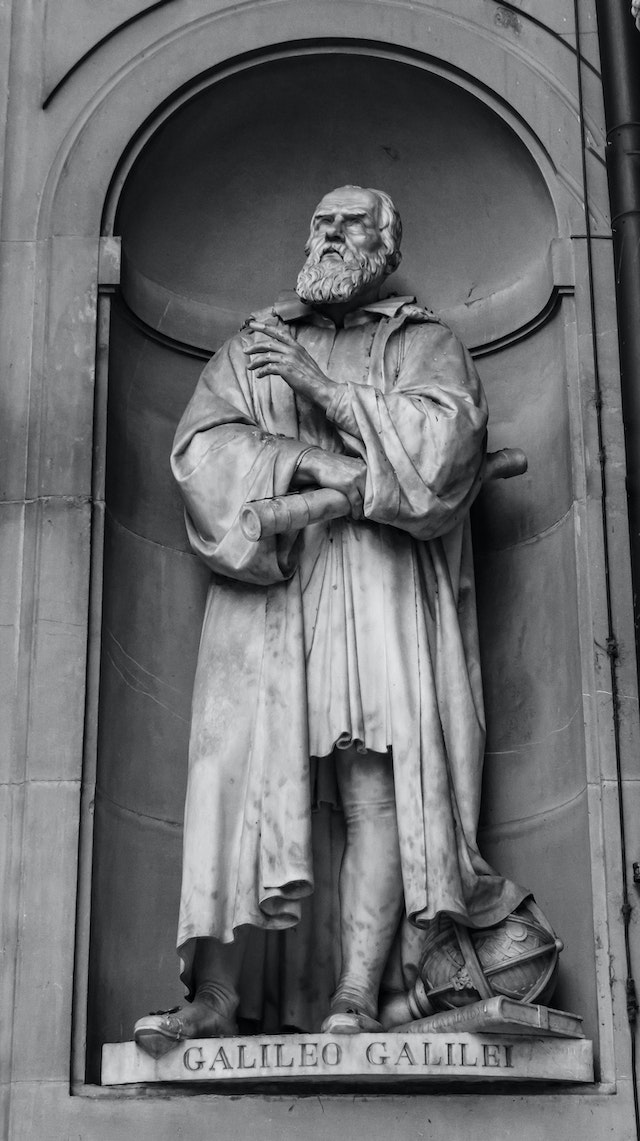
 Follow
Follow
